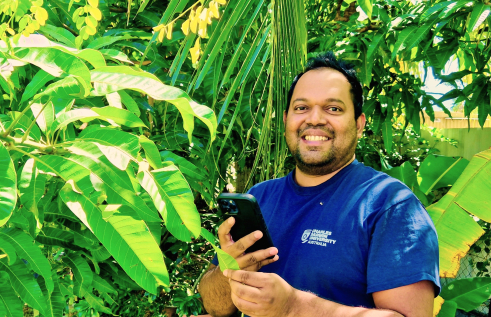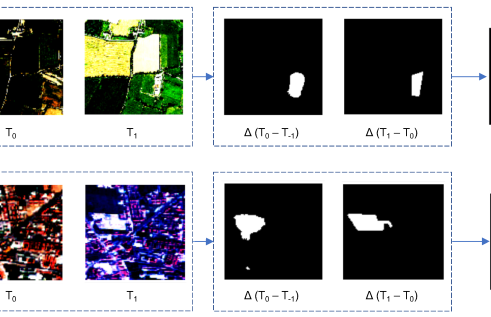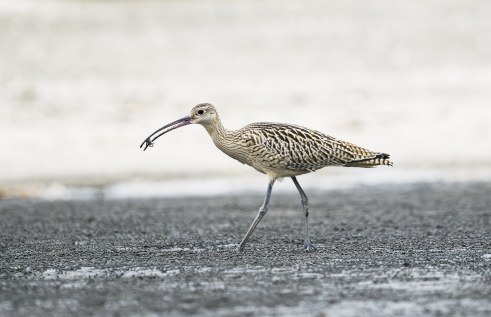News
CDU researcher safeguarding First Nations publishing history
Charles Darwin University (CDU) Professor Michael Christie, from the Northern Institute, wants help from Territorians to find and collect magazines, newsletters and newspapers produced during a unique period in Australia’s publishing history.
During the 1970s and 1980s, the sound of printing presses could be heard in remote communities right across the Northern Territory when enthusiasm was high to put the First Nations languages into print.
Books were produced in Literature Production Centres in over 25 languages that include ancestral and contact histories, traditional stories, songs, readers for literacy education, documentation of traditional food preparation, and medicine.
Many of the books were collected, digitised and archived over the last decade as part of the Living Archive of Aboriginal Languages which is now available on the internet.
At the same time the books were being collected people also donated magazines, newsletters, and newspapers, which had been produced in the same Literature Production Centres.
“These are a snapshot of what life was like in these communities in the 70s and 80s,” Professor Christie said.
“They contain sport results, fishing reports, ancestral stories and historical photographs from people in the community, and current affairs in the day-to-day life of the community: notices from the school or clinic or church, alongside interesting illustrations by local artists.”
Professor Christie has now turned his attention to these publications – such as the Junga Yimi from Yuendumu, or the Yutana Dhäwu from Yirrkala, because of their cultural value.
It would be a tragedy to lose this part of Australia’s publishing history, so he is asking anyone who has copies of newsletters, newspapers, and magazines in First Nations languages to lend or donate them to the collection being held at Charles Darwin University.
“These old publications may be held by families or individuals in the community, while many will be stashed away in filing cabinets or on bookshelves almost forgotten,” he said.
“For an edition of each newspaper, there might have been only 50 ever printed. And there could be only one or two copies left in existence. And as far as we can tell, very few of them are in any library collection in Australia.”
The call for First Nations publications to be collected comes while the university celebrates NAIDOC week (July 3-10) when all Australians participate to learn about and recognise First Nations cultures and histories.
It’s planned that the newspaper collection will be digitised and made available to the public through the NT’s Territory Stories website, as a fascinating historical record for the next generations.
Related Articles

Rooting out plant diseases: Are computers ready to run our farms?
Nature is still too complex for artificial intelligence (AI) modelling to be effective, but the tipping point is close, according to a new study that found the technology may still trip at the last real-world hurdle.
Read more about Rooting out plant diseases: Are computers ready to run our farms?
Tech on the treetops: How AI can protect forests
The Artificial Intelligence model was developed to detect changes in forest cover.
Read more about Tech on the treetops: How AI can protect forests
Volunteers protected Darwin wildlife for 50+ years, but new research suggests it’s time to stop winging conservation efforts
Volunteers have shouldered the burden of shorebird conservation in the Top End for more than half a century, but new research from Charles Darwin University (CDU) suggests it’s time for the government to take responsibility for all of the Northern Territory’s residents – including those with wings.
Read more about Volunteers protected Darwin wildlife for 50+ years, but new research suggests it’s time to stop winging conservation efforts